World health officials on Wednesday said they are “deeply concerned” about a worsening outbreak of the Ebola virus in the Democratic Republic of the Congo but concluded it does not yet meet the criteria for an international public health emergency.
Interested in ?
At least 223 people have reported symptoms of hemorrhagic fever in the Central African nation’s eastern provinces of North Kivu and Ituri, which share international borders. Among those cases, 188 have tested positive for Ebola virus disease, the country’s health ministry said in a daily bulletin on Thursday night.
There have been 109 deaths thus far, including 39 people who died from confirmed cases of Ebola, the ministry said.
The World Health Organization’s director-general, Tedros Adhanom Ghebreyesus, on Wednesday convened a meeting in Geneva with an expert advisory committee, which discussed the situation and ultimately agreed not to declare the outbreak a public health emergency of international concern — a proclamation that would have mobilized more resources and garnered global attention.
The committee chairman, Robert Steffen, said they came to the decision by looking at three main criteria.
“Is it extraordinary? Is there a risk of cross-border spread? Is there potential for requiring international response?” Steffen told reporters.
Despite its conclusion, the committee emphasized in a statement that the Congolese government, WHO and partners “must intensify the current response” to the ongoing outbreak and this “should be supported by the entire international community,” otherwise “the situation is likely to deteriorate significantly.”
“I’ve accepted the recommendation of the committee but this does not mean that we are not taking the outbreak seriously,” Tedros said. “We will not rest until this outbreak is finished.”
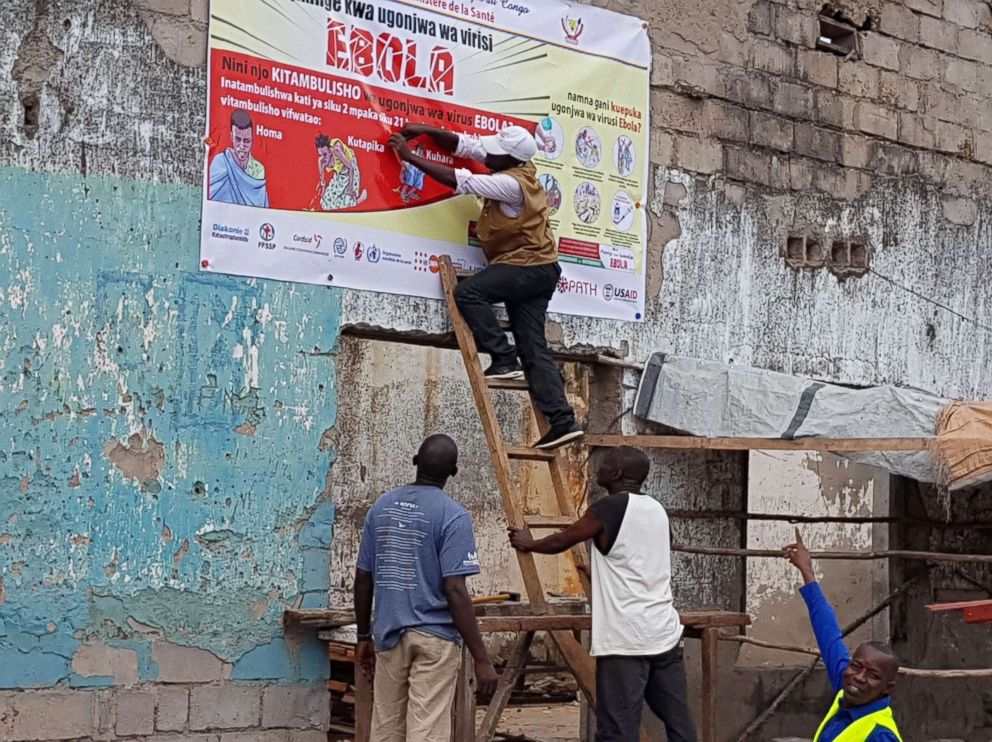
What is Ebola?
The Ebola virus is described as a group of viruses that cause a deadly kind of hemorrhagic fever. The term “hemorrhagic fever” means it causes bleeding inside and outside the body.
The virus has a long incubation period of approximately eight to 21 days. Early symptoms include fever, muscle weakness, sore throat and headaches.
As the disease progresses, the virus can impair kidney and liver function and lead to external and internal bleeding. It’s one of the most deadly viruses on Earth with a fatality rate that can reach between approximately 50 to 90 percent. There is no cure.
The WHO has received approval to administer an experimental Ebola vaccine, using a “ring vaccination” approach, around the epicenter of the current outbreak in the Democratic Republic of the Congo. More than 18,000 people, including 7,000 health and frontline workers as well as 4,000 children, have been vaccinated in the outbreak zone since Aug. 8, according to the WHO.
The vaccine, which was developed by American pharmaceutical company Merck, has proved effective against the country’s previous outbreak in the western province of Equateur.
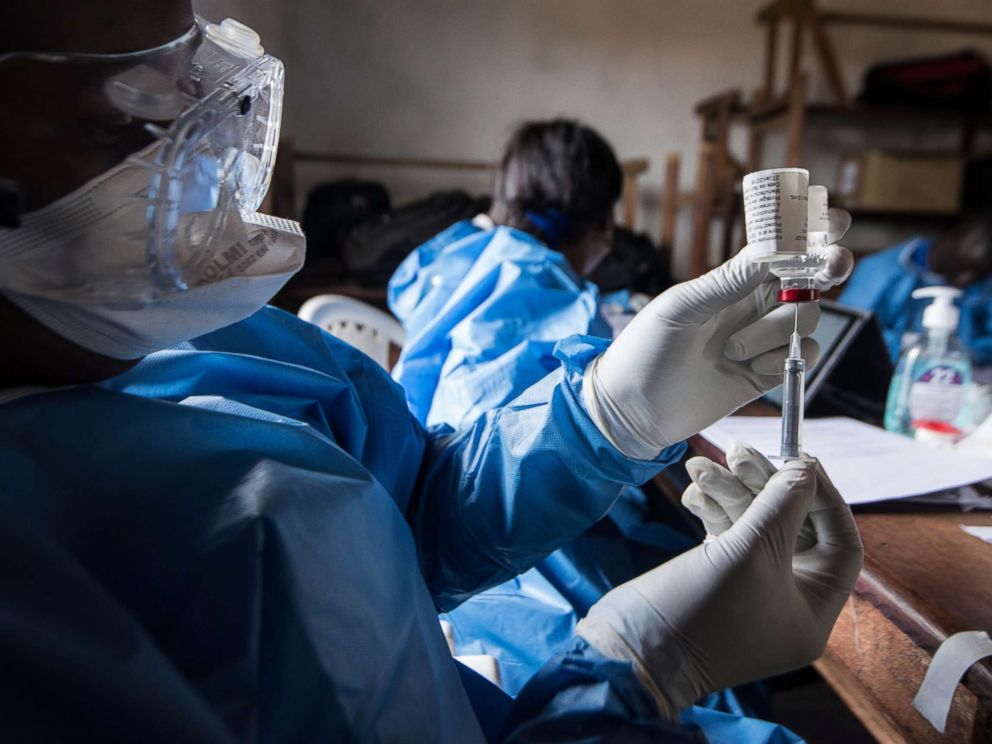
How is it transmitted?
The virus is transmitted through contact with blood or secretions from an infected person, either directly or through contaminated surfaces, needles or medical equipment. A patient is not contagious until he or she starts showing signs of the disease.
Thankfully, the virus is not airborne, which means a person cannot get the disease simply by breathing the same air as an infected patient.
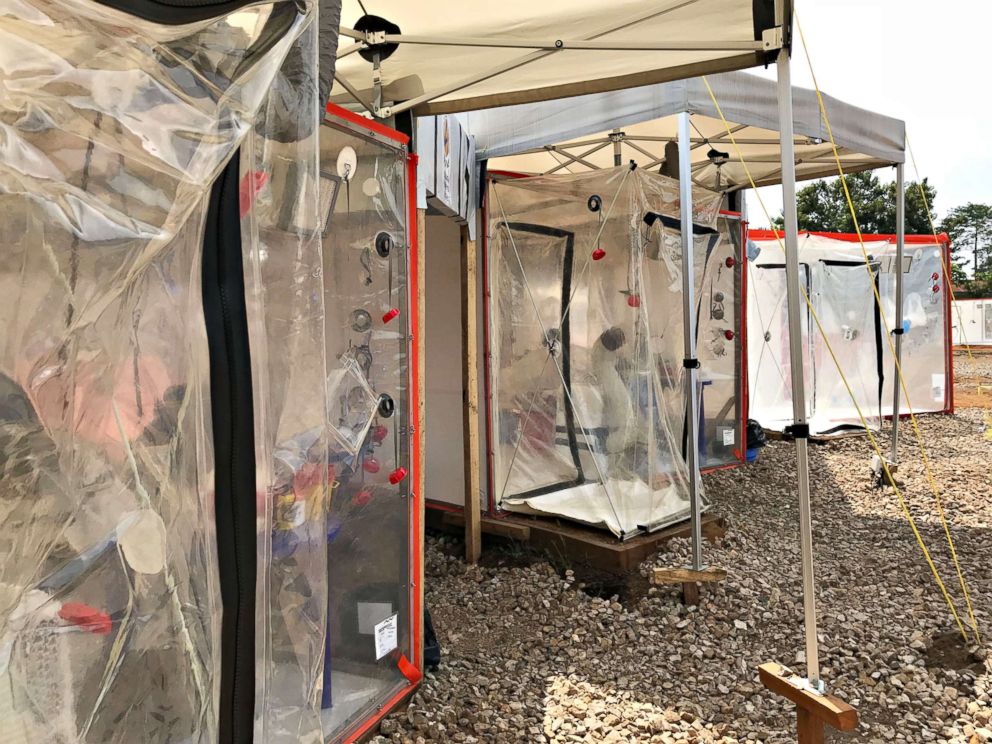
Where are the infected?
In this current outbreak, people have been infected in North Kivu and Ituri, which are among the most populous provinces in the Democratic Republic of the Congo and share borders with Uganda and Rwanda.
Those two provinces are awash with conflict and insecurity, particularly in the mineral-rich borderlands where militia activity has surged in the past year, all of which complicates the response to the outbreak. There is also community mistrust, partly due to the security situation, and some residents delay seeking care or avoid follow-up.
Ebola is endemic to the region. It’s the 10th outbreak in the Democratic Republic of the Congo since 1976, the year that scientists first identified the deadly virus.
This outbreak in the country’s east was announced Aug. 1, just days after another outbreak that killed 33 people — including 17 who had confirmed cases — in the country’s west was declared over.
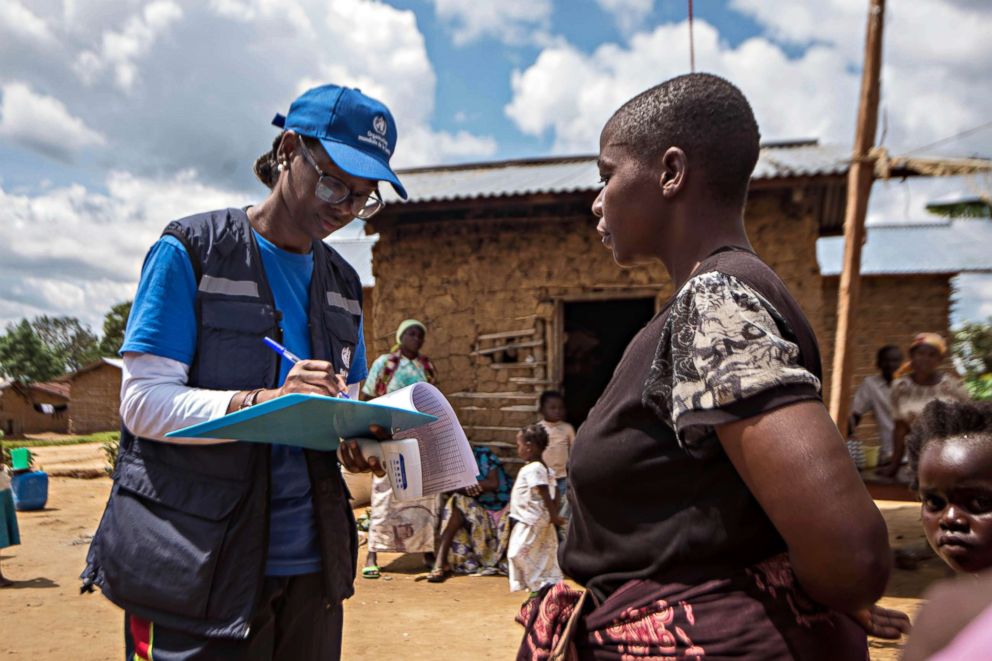
Where did the virus come from?
The dangerous virus gets its name from the Ebola River in northern Democratic Republic of the Congo, which was near the site of one of the first outbreaks. The virus was first reported in 1976 in two almost simultaneous outbreaks in the Sudan and the Democratic Republic of the Congo. The outbreaks killed 151 and 280 people, respectively.
Certain bats living in tropical African forests are thought to be the natural hosts of the disease. The initial transmission of an outbreak usually results from a wild animal infecting a human, according to the WHO. Once the disease infects a person, it is easily transmissible between people in close contact.
An outbreak that began in the West African nation of Guinea in March 2014, and soon spread to neighboring Liberia and Sierra Leone, was the largest in history, infecting 28,646 people and causing 11,308 deaths. The outbreak, which the WHO deemed a public health emergency of international concern, was declared over in June 2016.
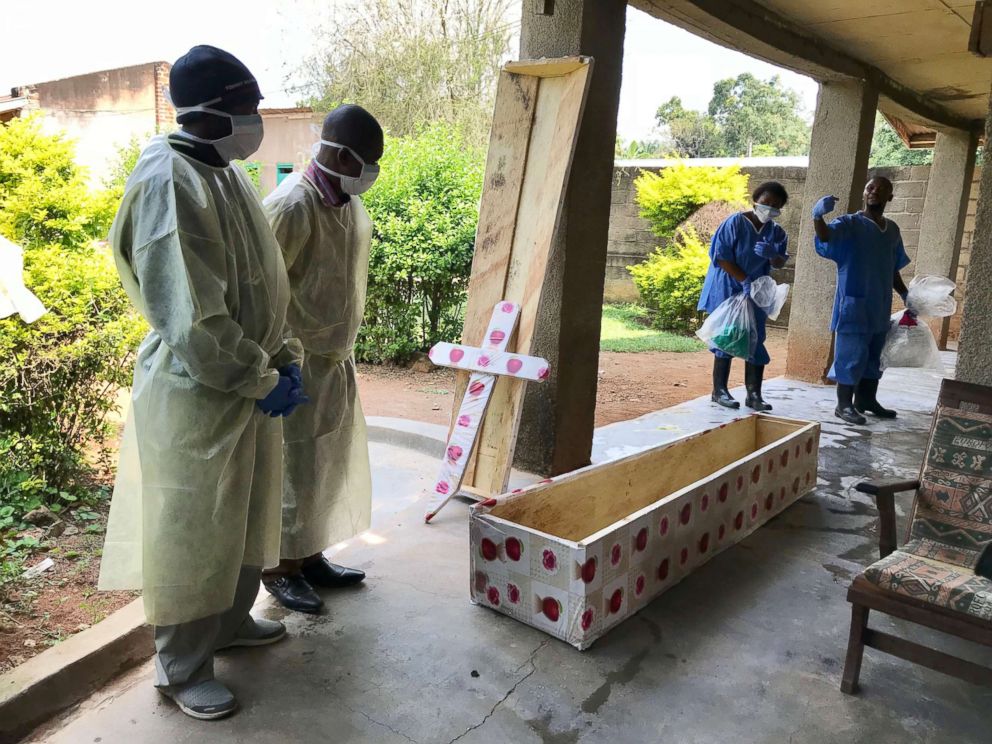
Who is at risk?
The virus is not airborne, which means those in close contact can be infected and are most at risk. A person sitting next to an infected person, even if they are contagious, is not extremely likely to be infected.
Health workers and caregivers of the sick are particularly at risk because they work in close contact with infected patients during the final stages of the disease when the virus can cause internal and external bleeding.
In the current outbreak alone, at least 20 health workers have been infected and three of them have died, according to the WHO.
Source: Read Full Article
